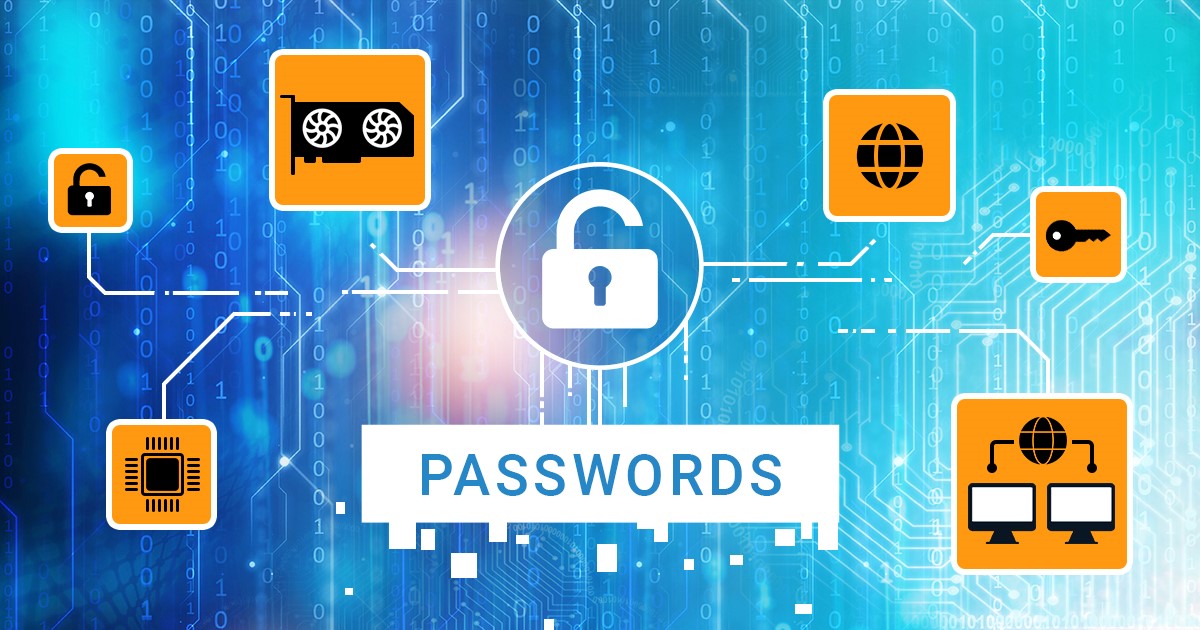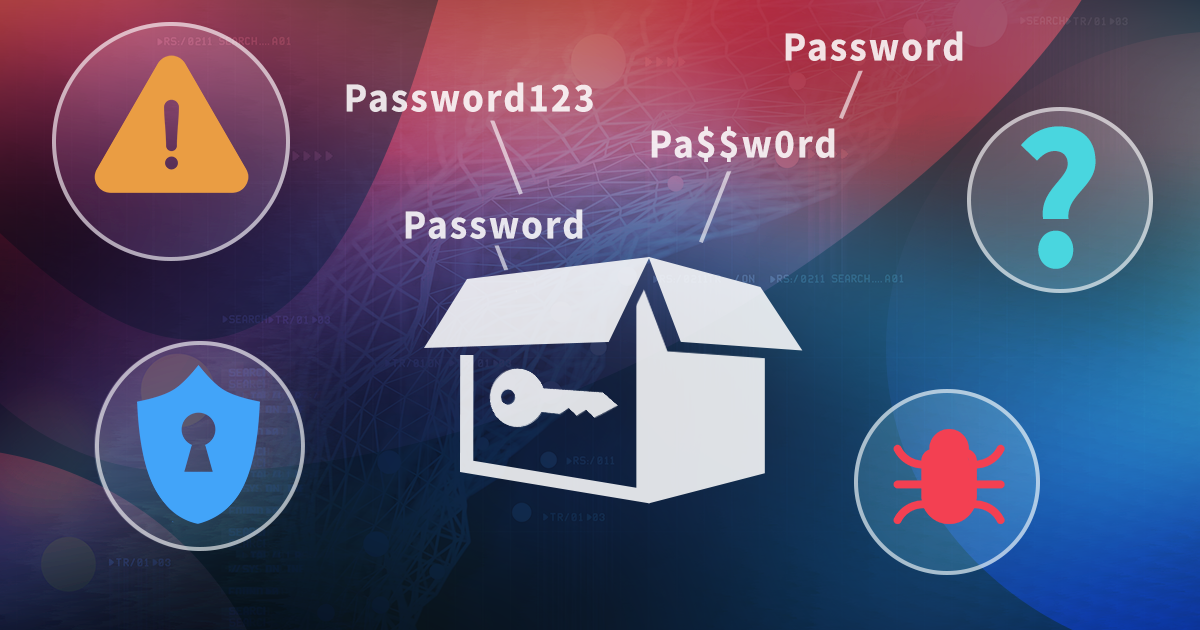Finally, TAR support is there! Using Elcomsoft iOS Forensic Toolkit to pull TAR images out of jailbroken iOS devices? You’ll no longer be left on your own with the resulting TAR file! Elcomsoft Phone Viewer 3.70 can now open the TAR images obtained with Elcomsoft iOS Forensic Toolkit or GrayKey and help you analyse evidence in that file. In addition, we added an aggregated view for location data extracted from multiple sources – such as the system logs or geotags found in media files.
We were attending the DFRWS EU forum in beautiful Florence, and held a workshop on iOS forensics. During the workshop, an attendee tweeted a photo of the first slide of our workshop, and the first response was from… one of our competitors. He said “Looking forward to the “Accessing a locked device” slide”. You can follow our conversation on Twitter, it is worth reading.
In the world of mobile forensics, physical acquisition is still the way to go. Providing significantly more information compared to logical extraction, physical acquisition can return sandboxed app data (even for apps that disabled backups), downloaded mail, Web browser cache, chat histories, comprehensive location history, system logs and much more.
iOS is a locked down mobile operating system that does not allow its apps to directly access files in the file system. Unlike every other major mobile OS, iOS does not have a “shared” area in the file system to allow apps keep and share files with other apps. Yet, individual iOS apps are allowed to let the user access their files by using the file sharing mechanism.
Even today, seizing and storing portable electronic devices is still troublesome. The possibility of remote wipe routinely makes police officers shut down smartphones being seized in an attempt to preserve evidence. While this strategy used to work just a few short years ago, this strategy is counter-productive today with full-disk encryption. In all versions of iOS since iOS 8, this encryption is based on the user’s passcode. Once the iPhone is powered off, the encryption key is lost, and the only way to decrypt the phone’s content is unlocking the device with the user’s original passcode. Or is it?
Tired of reading on lockdown/pairing records? Sorry, we can’t stop. Pairing records are the key to access the content of a locked iPhone. We have recently made a number of findings allowing us to extract even more information from locked devices through the use of lockdown records. It’s not a breakthrough discovery and will never make front page news, but having more possibilities is always great.
In this how-to guide, we’ll cover the steps required to access the list of saved wireless networks along with their passwords.
With all attention now being on new iPhone devices, it is easy to forget about the new version of iOS. While new iPhone models were mostly secret until announcement, everyone could test iOS 11 for months before the official release.
Apple is about to launch its next-generation iOS in just a few days. Researching developer betas, we discovered that iOS 11 implements a number of new security measures. The purpose of these measures is better protecting the privacy of Apple customers and once again increasing security of device data. While some measures (such as the new S.O.S. sequence) are widely advertised, some other security improvements went unnoticed by the public. Let us have a look at the changes and any forensic implications they have.
If you watch industry news, you are probably aware of the new Phoenix jailbreak… or not. During the last several years, getting news about iOS jailbreaks from reliable sources became increasingly difficult. The sheer number of fake Web sites mimicking the look of well-known resources such as Pangu and TaiG made us extra careful when trying newly published exploits.


